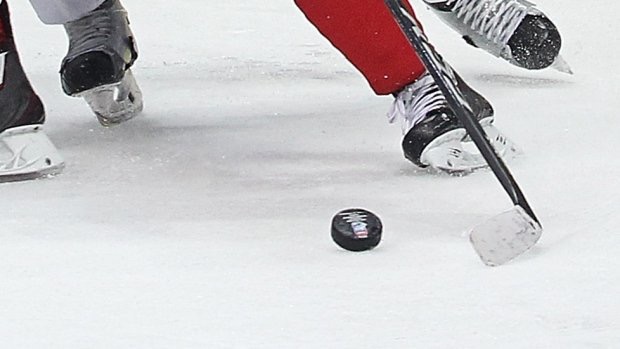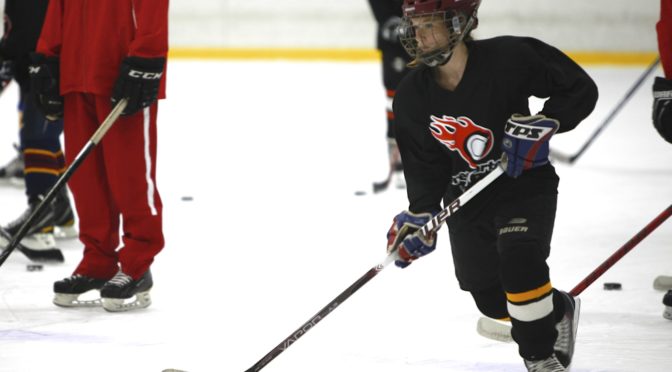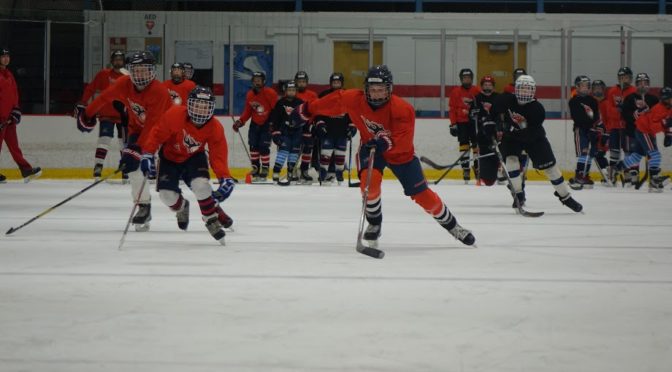12
December
Like A Great Holiday Gift, Go Where The Puck Will Be, Not Where It Is
Posted by Greg Carter

“Skate to where the puck is going, not where it has been.”
–Wayne Gretzky
For their gift this holiday season, kids aren’t going to the North Pole or flying a drone to intercept Santa’s Sleigh, instead they are headed to where the presents are going, under the tree! In the same way, players need to head to where the puck is going!
Watching kids play hockey, especially at the younger ages, it’s interesting and entertaining how they swarm around the puck and as a group, chase and follow it like it’s the town mayor handing out candy at the 4th of July parade. While coaches continually stress the importance of spreading out and playing position, it’s almost as if the puck is a magnetic force they are attracted to like, say, their cell phone or video game!
The ability to read the play in hockey is an extremely important skill as players progress through their development, and the best way to understand how to read and react is through experience. The time spent around the rink playing, practicing and even watching hockey on TV will help provide this experience.
The importance of understanding position play and the flow of the game looks natural to some players, but that intuition and ability to pick out tendencies is a learned behavior. I love driving by parks, ponds and driveways where kids are playing hockey in unstructured environments. Not only are they developing creativity and fundamental skills, but they are also mentally building an understanding of the natural flow of the game so that when it comes go game time, their instincts can take over.
Watching the best players at the top levels of the game, it’s not a coincidence that certain players always find themselves with time and space, and often, in breakaway situations. These players read, react, anticipate the play and as the Great One said, go not to where the puck is, but to where the puck is going.
We hope this holiday season that your player not only heads to where their gift is going, but learns over the course of the hockey season to go where the puck is going. Thanks for reading and we invite you to celebrate our 25th year of hockey camps in 2019! Dates, locations and registration information is now posted for our Greg Carter Hockey Schools located in 10 states across the U.S.!





 Subscribe
Subscribe Subscribe
Subscribe




